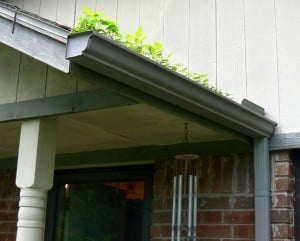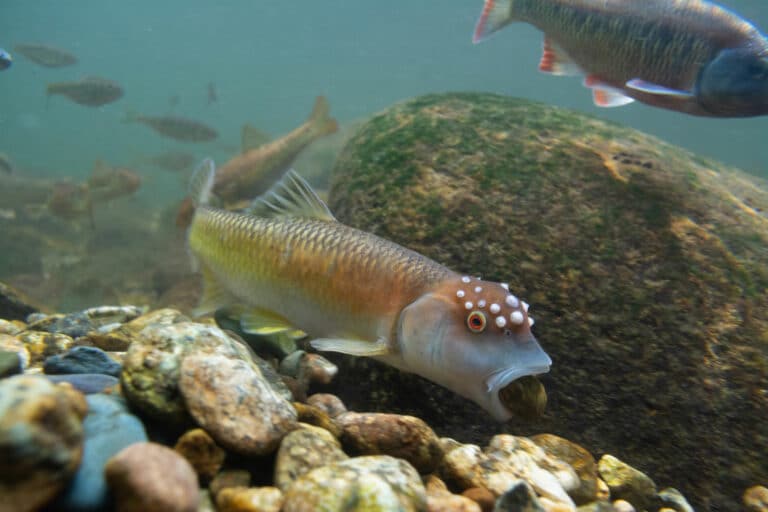Dear EarthTalk: We will need to replace our house gutters soon. What are our best options from an environmental perspective?
– Jodie Green, Dallas, TX
 First understand clearly why your gutters need to be replaced. Are they rusted or broken? Are the fasteners no longer holding them in place? Or have the gutters leaked and failed to keep water out of your house? Answers to these questions will help you decide which type of gutter to choose.
First understand clearly why your gutters need to be replaced. Are they rusted or broken? Are the fasteners no longer holding them in place? Or have the gutters leaked and failed to keep water out of your house? Answers to these questions will help you decide which type of gutter to choose.
Use a material that is the most durable for your climate; ultimately the longer your gutters last, the less environmental cost there will be in the product lifecycle, from manufacturing to recycling. A cheaper product that degrades twice as fast as another would not be the best choice, even if it does have a greener production process: The extra cost of having to fix your water-damaged home—and the health problems that could arise from exposure to mold—would make a “cheaper” gutter in reality much more costly.
“Galvanized steel, copper and aluminum are preferred gutter materials,” reports Austin Energy, the Texas capitol’s community-owned electric utility. Copper is a more expensive, high-end gutter material, as are stainless steel and wood, although wood is used mostly in historical restoration.
According to home improvement expert Don Vandervort, who writes for ThisOldHouse.com, steel and aluminum each have big pluses. Steel is sturdy, while aluminum will not rust. Copper and stainless steel are sturdy and lasting, too, says Vandervort, but they can cost three to four times as much as steel or aluminum. “Steel gutters can stand up to ladders and fallen branches better than aluminum,” he says. “But even thick galvanized steel eventually rusts.” He advises buying “the thickest you can afford.” Austin Energy says that gutters should be a minimum of 26 gauge galvanized steel or 0.025 inch aluminum.
Polyvinyl chloride (PVC) is also used for gutters, but “can get brittle with age or in extreme cold,” says Vandervort, and cannot carry as much snow load as metal gutters. PVC is also not a very green-friendly choice. The Center for Health, Environment and Justice (CHEJ) calls PVC plastic “one of the most hazardous consumer products ever created…dangerous to human health and the environment throughout its entire life cycle.” When produced or burned, says CHEJ, PVC plastic releases dioxins, a group of potent synthetic chemicals that can cause cancer and harm the immune and reproductive systems.
Replacing your gutters can be an unfortunate expense, but it can provide an environmental opportunity, because the way you handle your roof’s water is important. Consider linking your gutters to a “rooftop catchment system” that captures rainwater in a cistern or rain barrels and can then be used to water non-edible plantings. Efficient water use is a guideline in the U.S. Green Building Council’s LEED (Leadership in Energy and Environmental Design) for Homes standard for certifying green-built homes.
Finally, if you have a problem with debris, consider a RainTube. This recycled-plastic gutter insert (which won the 2008 Sustainable Product Award from Green Building Pages) keeps gutters clear of debris, preventing overflow into your house. Of course, cleaning your gutters now and then is probably the best environmental option in that it may head off any need for replacement or modification.
CONTACTS: Austin Energy, www.austinenergy.com; U.S. Green Building Council, www.usgbc.org; RainTube, www.raintube.com; Green Building Pages, www.greenbuildingpages.com.
SEND YOUR ENVIRONMENTAL QUESTIONS TO: EarthTalk, P.O. Box 5098, Westport, CT 06881; [email protected]. Read past columns at: www.emagazine.com/earthtalk/archives.php. EarthTalk is now a book! Details and order information at: www.emagazine.com/earthtalkbook.







